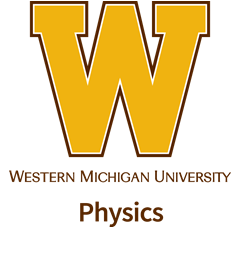Speaker
Prof.
Doron Gazit
(Hebrew University of Jerusalem;Racah Institute of Physics)
Description
Plasma effects in the extreme properties of the solar interior are a major source of uncertainty in the calculation of solar opacities. With the decade old problem of solar opacity in mind, I use the atomic code STAR to show a recent study of two major plasma effects on the solar profile, namely ionic correlations and line broadening. These effects are untested in the relevant thermodynamic conditions, and use crude approximations whose applicability at this regime is unclear.
The atomic code STAR is used to study the sensitivity of solar opacities to line broadening. Variations in the solar opacity profile, due to an increase of the Stark widths resulting from discrepancies with OP, are compared with the required opacity variations of the present day Sun, as imposed by helioseismic and neutrino observations. The resulting variation profile is much larger than the discrepancy between different atomic codes, agrees qualitatively with the missing opacity profile, recovers about half of the missing opacity nearby the convection boundary, and has a little effect in the internal regions. Since it is hard to estimate quantitatively the uncertainty in the Stark widths, we show that an increase of all line widths by a factor of about ∼ 100 recovers quantitatively the missing opacity. These results emphasize the possibility that photoexcitation processes are not modeled properly, and more specifically, highlight the need for a better theoretical characterization of the line-broadening phenomena at stellar interior conditions and of the uncertainty due to the way it is implemented by atomic codes.
In addition, we find that taking into account the ionic structure results in about 10% increase in the Rosseland opacity near the convection zone, which mimics the missing opacity profile required by helioseismology and neutrino observations. Such effects induce about 15% increase in the Rosseland opacity for the iron monochromatic opacity which was recently measured at the Sandia Z facility, where the temperature reached that prevailing in the convection zone while the density is 2.5 times lower.
As a result, we argue that the solar opacity problem is hindered due to the large uncertainties. Thus, we propose a method to measure opacities at solar temperatures and densities that were never reached in the past via laboratory radiation flow experiments, by using plastic foams doped with permilles of dominant photon absorbers in the Sun. The method is an ideal candidate to experimentally study Rosseland opacities of the solar mixture.
Author
Prof.
Doron Gazit
(Hebrew University of Jerusalem;Racah Institute of Physics)

